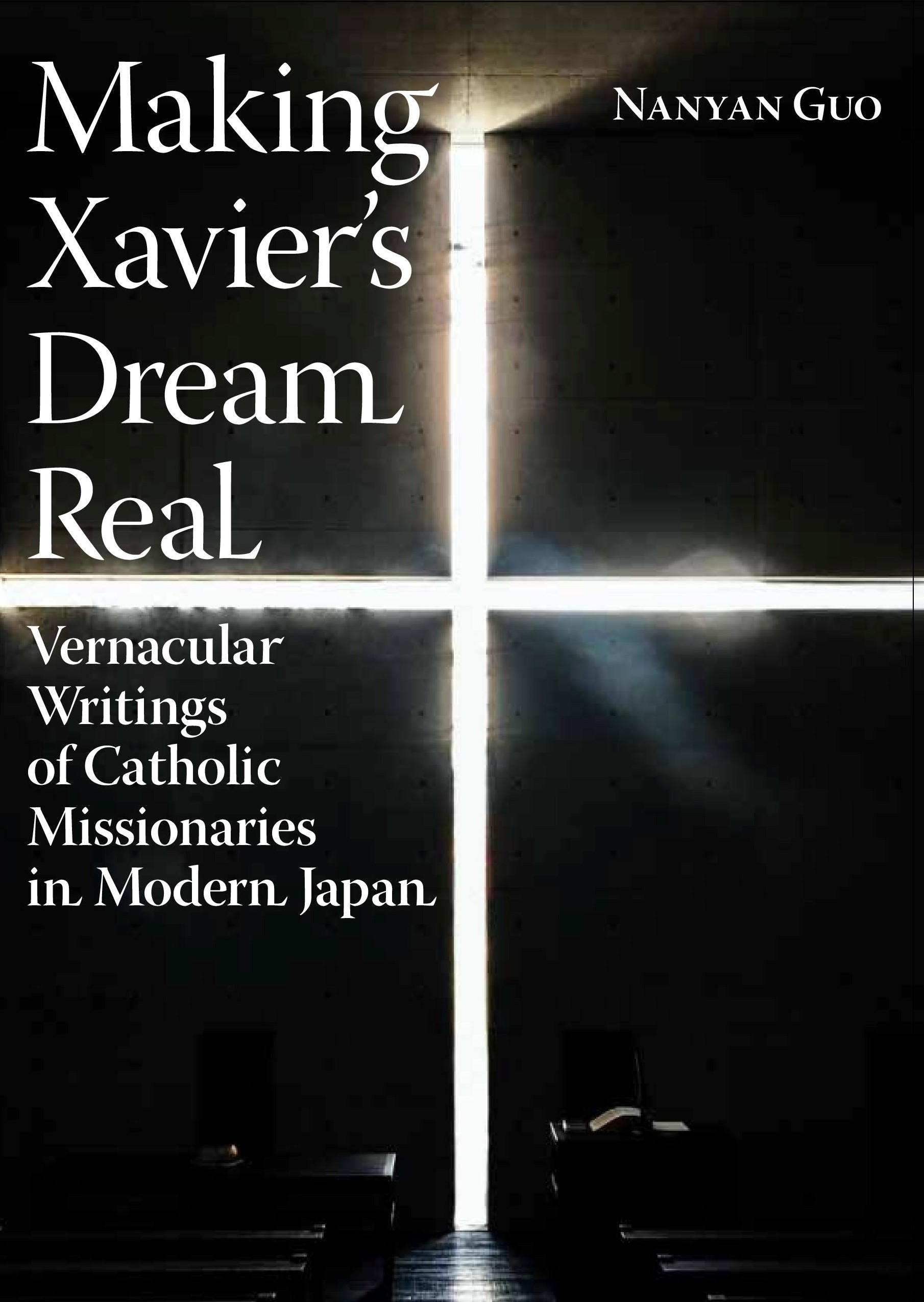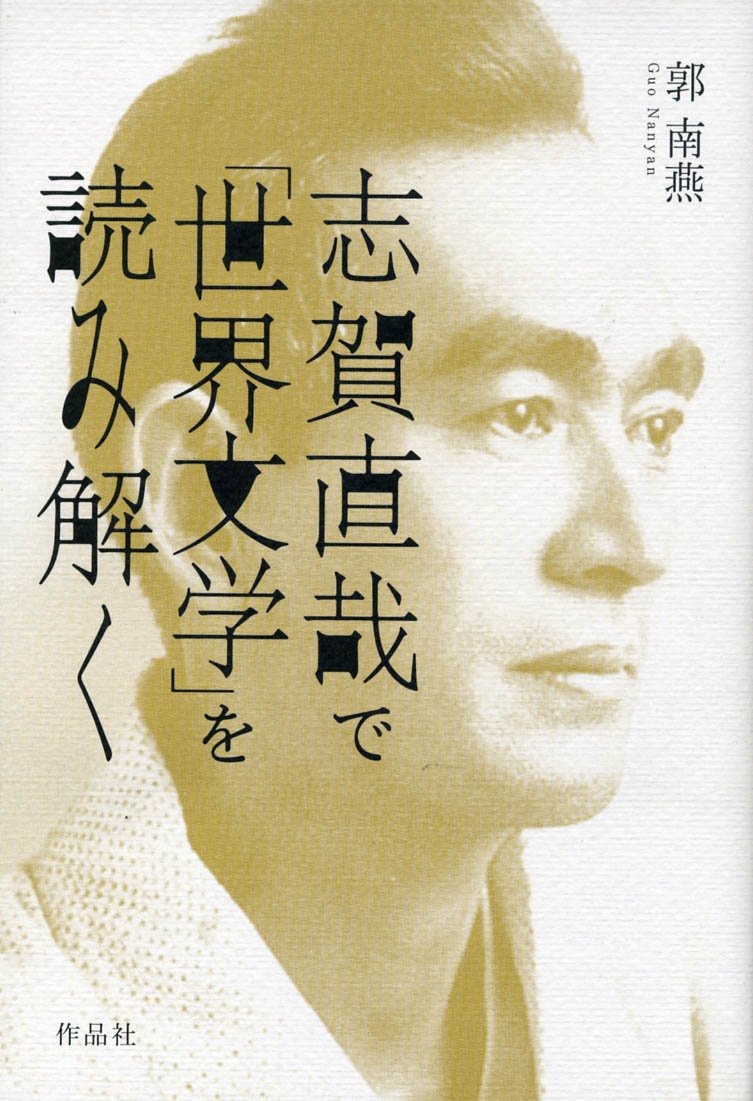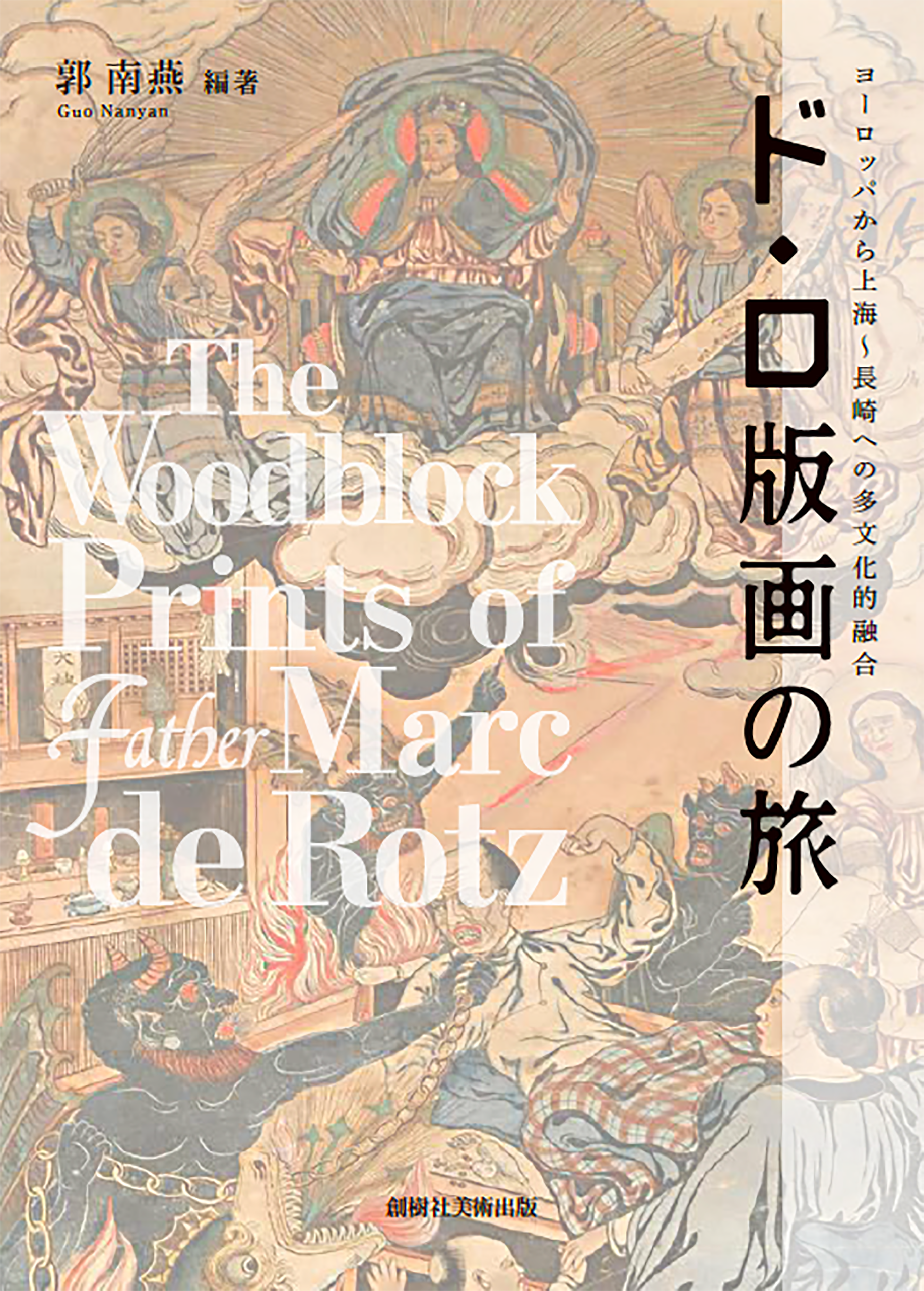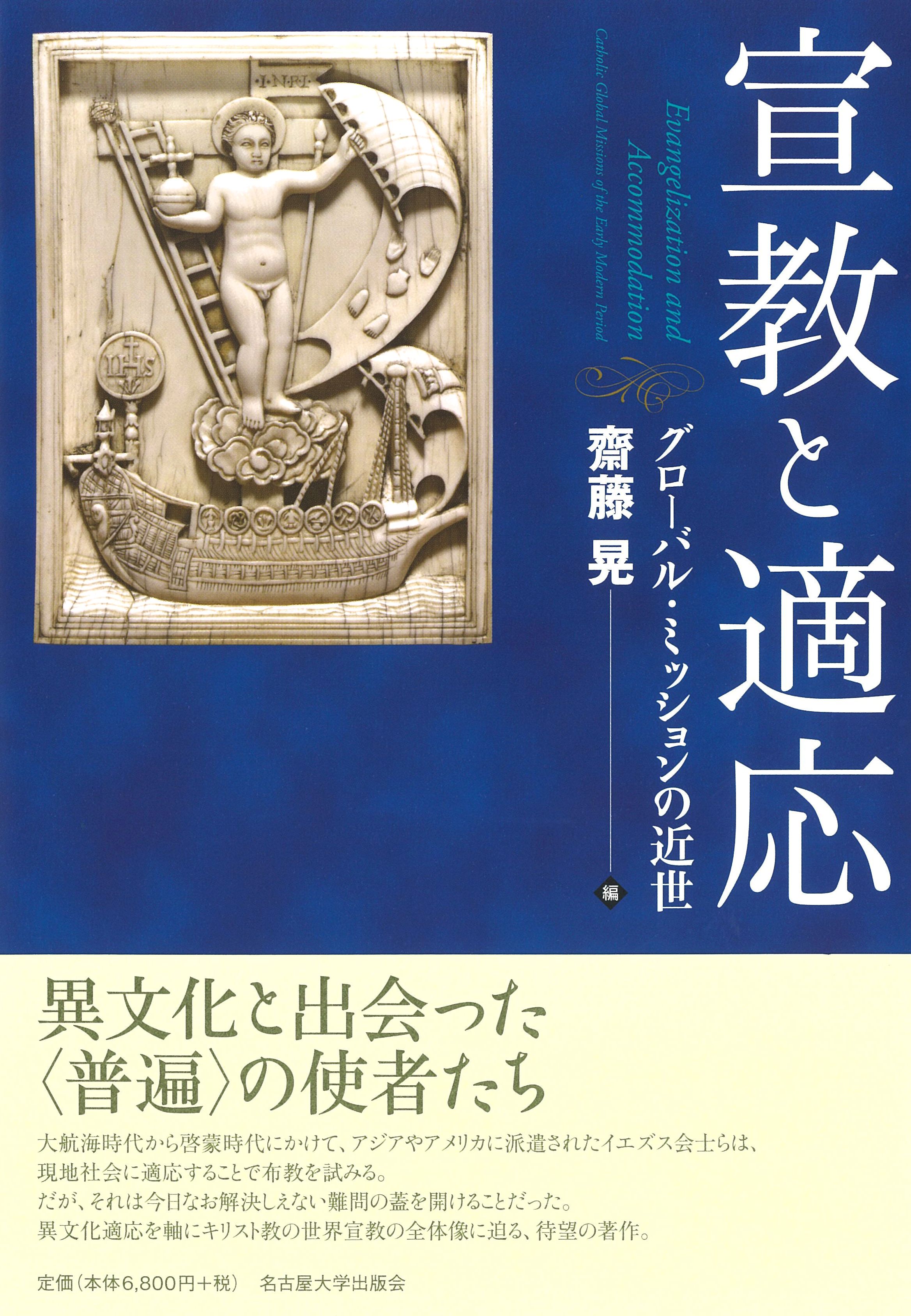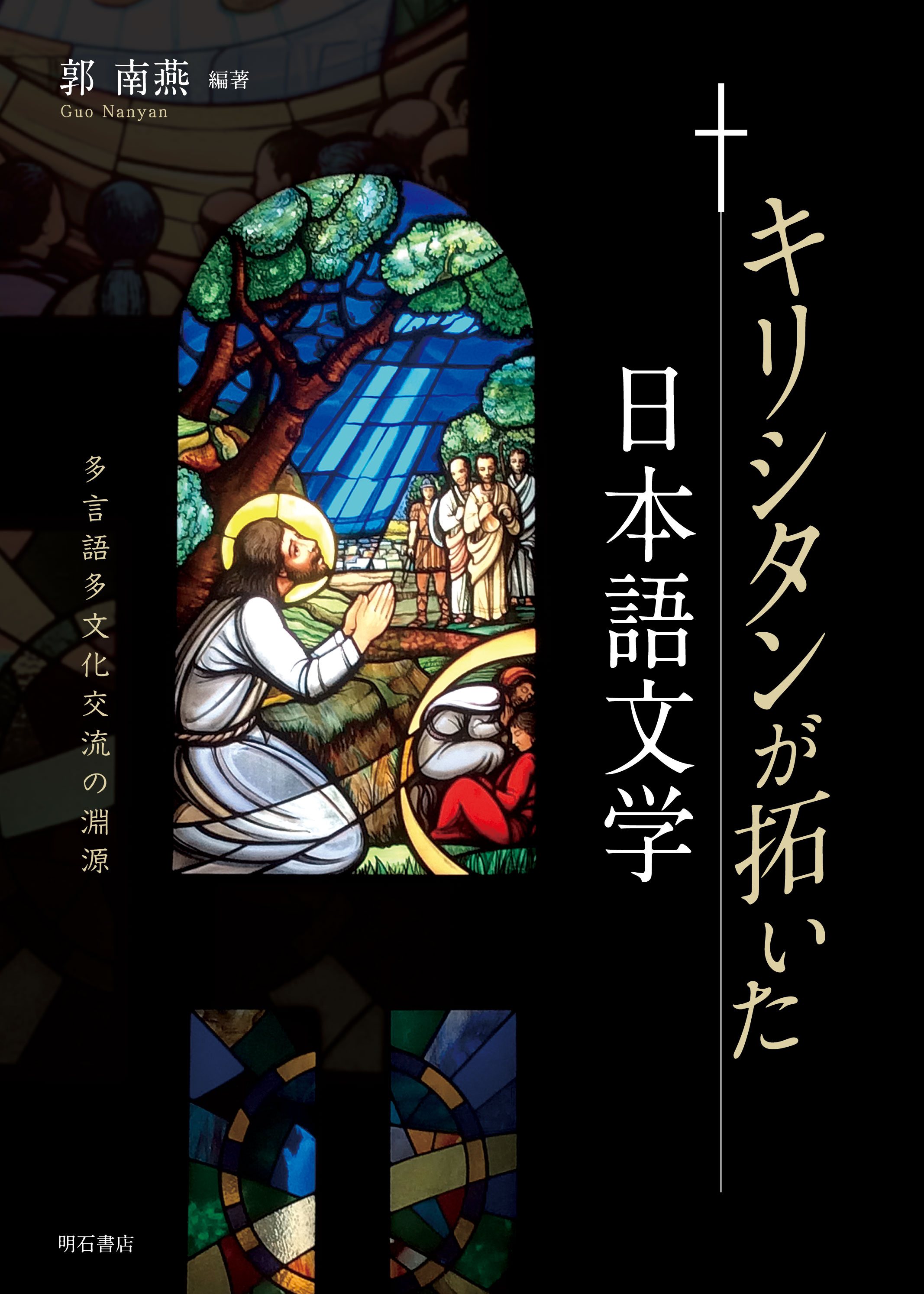
Title
Kirishitan ga hiraita Nihongo Bungaku (Japanese Literature Written by Missionaries - Multilingual-cultural Contacts since the Azuchi-Momoyama Era)
Size
416 pages, A5 format
Language
Japanese
Released
September 07, 2017
ISBN
9784750345574
Published by
Akaishi Shoten
Book Info
See Book Availability at Library
Japanese Page
From the latter 1860s to the 21st century, the most prolific foreign writers who wrote in the Japanese language are Christian missionaries. This book examines this fact from four perspectives: the historical background of propagation in Japan, modern evangelization, visual images, and books written in the Korean language.
Part One (Understanding Japanese Culture in the 16th–17th Centuries) comprises six chapters. Nanyan GUO overturns the generally accepted view that Francis Xavier was unable to speak Japanese, and considers his effort in learning the language and culture as the model for Alessandro Valignano’s “accommodation policy.” Shinzo KAWAMURA looks closely at Jesuits’ propagation in the 16th–17th centuries, utilizing methods of accommodating local cultures without sacrificing Christian doctrines, in the Malay Peninsula, Japan, and China where multiple cultures coexisted. Liang LI discusses the educational philosophy of Valignano who endeavored to develop and manage Jesuit schools in East Asia. Focusing on the Buddhist imagery in the waka anthology Kusōka published in 1600 by the Jesuits, Carla TRONU analyzes the Jesuit way of teaching Christian morality by utilizing Buddhism. Aldo TOLLINI reveals the inaccurate understanding of the Japanese tea ceremony in Vocabulário da Língua de Japão although it promoted the ceremony as one of the most important cultural elements in Japan. Susumu AKUNE investigates the details of the Jesuit mission led by Pedro Marques in 1643, traveling from Manila to Tsugaru in Japan, which marks the end of the “Kirishitan Era.”
Part Two (Propagation in Japan and Writing in the Japanese Language) includes six chapters. Liwei CHEN studies the process of compiling Chinese and English Dictionary and An English and Japanese and Japanese and English Vocabulary by Walter Henry Medhurst of the London Missionary Society. Kanako KITAHARA introduces a Methodist missionary John Ing, who taught English at the Tōō Gijuku school in Tsugaru to enable his students to understand his evangelization in English, instead of learning the Japanese language himself. Takashi SHŌGIMEN probes the European intellectual context in books written in Japanese by the Paris Foreign Missions (MEP) priest François-Alfred-Désiré Ligneul. Kevin DOAKexamines another MEP missionary, Sauveur Candau, who captivated millions of Japanese in the 1950s through his writings and public lectures displaying his high level of proficiency in Japanese. Sachiyo TANIGUCHI studies the simple and suggestive style of Japanese prose by Jesuit missionary Hermann Heuvers whose anthologies still capture the imagination of today’s Japanese people. Nanyan GUO evaluates Heuvers’ play Madamn Hosakawa which attempted to place Hosakawa Gracia of the 16th century into the realm of World Literature.
Part Three (Dissemination of Sacred Images) consists of four chapters. Mia MOCHIZUKI finds that mass reproduction of the images of Blessed Mother by Jesuit presses helped increase the number of converts but also decreased the value of the divine images. Fumitaka MATSUOKA contemplates the continuity of the consistence among a great diversity of rituals created by hidden Christians who had to alter the worship ritual in order to survive. Eduardo FERNANDEZ and Stephen PITTS look into the Christian and Buddhist patterns on the stained glass of the St. Ignatius Church in Yotsuya, Tokyo. Shōichi INOUE compares similar sadistic images in Shūsaku ENDŌ’s Silence and Jun’ichirō TANIZAKI’s Dairy of a Mad Old Man.
Part Four (The Korean Peninsula and Books Written in Korean), with three chapters authored by Franklin RAUSCH, LEE Yong-Sang, and CHOI Young Soo respectively, explores the efforts made by Catholic and Protestant missionaries in learning the Korean language and culture, and their success in educating local pastors which enabled most of them to evangelize without having to write books in the Korean language. This contrasts sharply with Japan where hundreds of missionaries had to write books in Japanese.
(Written by Nanyan Guo, Project Professor, Global Leadership Program - GEfIL / 2020)



 Find a book
Find a book


